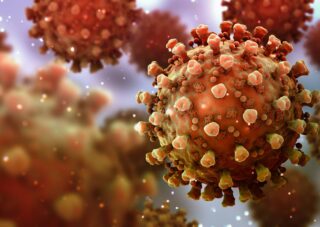What Type of Germs and Bacteria Can Regular Cleaning Help Remove? (part 2)

The Role of Regular Cleaning in Reducing Harmful Germs
Regular cleaning is crucial for maintaining a healthy and hygienic living environment, as it plays an essential role in reducing harmful bacteria that can lead to illness. By consistently cleaning our homes and workplaces, we not only create a more pleasant atmosphere but also safeguard the health of those who inhabit these spaces. Cleaning helps eliminate dirt, dust, and allergens that accumulate over time, which can contribute to respiratory issues and allergic reactions if left unchecked. Furthermore, by using effective disinfectants on high-touch surfaces like doorknobs, countertops, and light switches, we significantly reduce the presence of bacteria and viruses that can spread infections. This proactive approach not only minimizes health risks but also contributes to overall well-being by promoting better air quality and reducing stress associated with cluttered environments. Ultimately, regular cleaning is an investment in our health and happiness, ensuring safer spaces for ourselves and our loved ones while fostering a sense of order and tranquility.
Specific Germs and Bacteria Targeted by Routine Cleaning Practices
Effective cleaning practices play a crucial role in the removal of E. coli, reduction of Staphylococcus, and elimination of Salmonella, thereby ensuring safer environments in both domestic and commercial settings. The presence of these harmful bacteria poses significant health risks, making it imperative to implement rigorous cleaning protocols. For E. coli, thorough disinfection techniques that utilize appropriate sanitizers are essential in breaking down bacterial cell walls and preventing contamination from spreading. Similarly, reducing Staphylococcus requires regular cleaning and sanitization of surfaces prone to frequent contact, as this bacterium can survive on surfaces for extended periods if not properly addressed. In the case of Salmonella, diligent attention to food preparation areas is vital; using hot water and antibacterial solutions can effectively eliminate traces of this pathogen from kitchen countertops and utensils. By adopting comprehensive cleaning strategies that target these specific bacteria, individuals can significantly reduce the risk of illness outbreaks and promote healthier living spaces for everyone involved.




